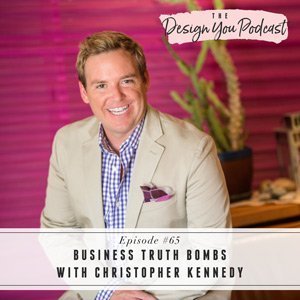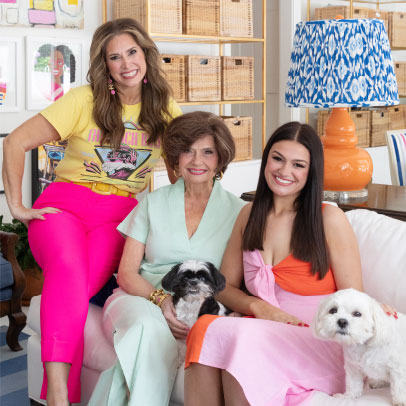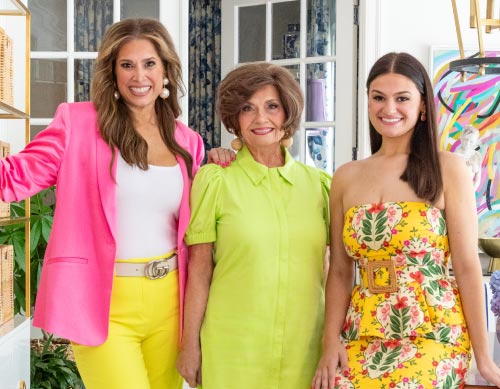
My friend Christopher Kennedy is on the show this week, and I could not be more excited! If you don’t already know who he is, you’re definitely going to be captivated and want to know even more, I can guarantee it.
Christopher is an interior designer who successfully spearheads The Christopher Kennedy Compound, he is the author of two books, runs his retail shop in Palm Springs, and the list goes on. He’s sharing so many truth bombs about our industry and nuggets of information. I know all of you have so many questions, ranging from the ins and outs of running show houses, licensing, writing a book, having product lines, and this conversation will give you the perfect insight into the industry.
Join in on our wonderful chat today to learn everything about Christopher! I know you’re going to want to listen to this episode more than once to take Christopher’s advice to paper and I definitely recommend doing that.












